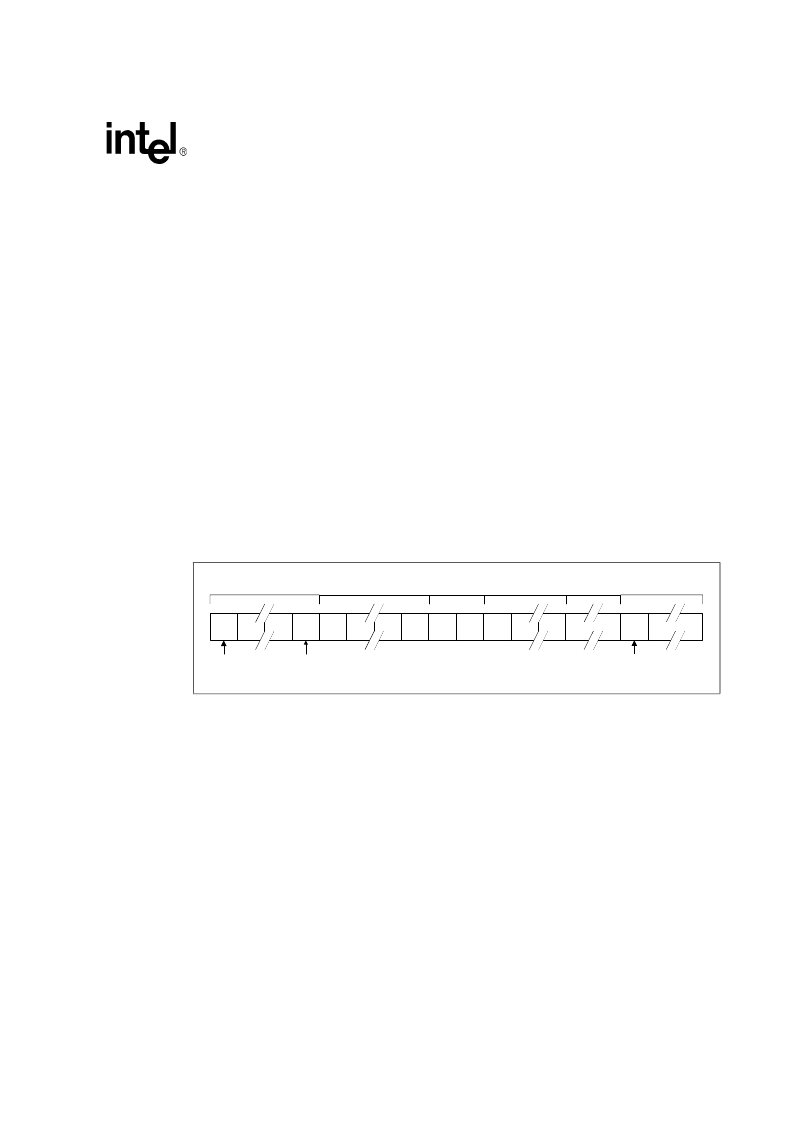- 您現(xiàn)在的位置:買賣IC網(wǎng) > PDF目錄376722 > DJIXEECD0SE001 (Intel Corp.) Advanced 8-Port 10/100 Mbps PHY Transceivers PDF資料下載
參數(shù)資料
| 型號: | DJIXEECD0SE001 |
| 廠商: | Intel Corp. |
| 英文描述: | Advanced 8-Port 10/100 Mbps PHY Transceivers |
| 中文描述: | 先進(jìn)的8端口10/100 Mbps的物理層收發(fā)器 |
| 文件頁數(shù): | 143/226頁 |
| 文件大小: | 1575K |
| 代理商: | DJIXEECD0SE001 |
第1頁第2頁第3頁第4頁第5頁第6頁第7頁第8頁第9頁第10頁第11頁第12頁第13頁第14頁第15頁第16頁第17頁第18頁第19頁第20頁第21頁第22頁第23頁第24頁第25頁第26頁第27頁第28頁第29頁第30頁第31頁第32頁第33頁第34頁第35頁第36頁第37頁第38頁第39頁第40頁第41頁第42頁第43頁第44頁第45頁第46頁第47頁第48頁第49頁第50頁第51頁第52頁第53頁第54頁第55頁第56頁第57頁第58頁第59頁第60頁第61頁第62頁第63頁第64頁第65頁第66頁第67頁第68頁第69頁第70頁第71頁第72頁第73頁第74頁第75頁第76頁第77頁第78頁第79頁第80頁第81頁第82頁第83頁第84頁第85頁第86頁第87頁第88頁第89頁第90頁第91頁第92頁第93頁第94頁第95頁第96頁第97頁第98頁第99頁第100頁第101頁第102頁第103頁第104頁第105頁第106頁第107頁第108頁第109頁第110頁第111頁第112頁第113頁第114頁第115頁第116頁第117頁第118頁第119頁第120頁第121頁第122頁第123頁第124頁第125頁第126頁第127頁第128頁第129頁第130頁第131頁第132頁第133頁第134頁第135頁第136頁第137頁第138頁第139頁第140頁第141頁第142頁當(dāng)前第143頁第144頁第145頁第146頁第147頁第148頁第149頁第150頁第151頁第152頁第153頁第154頁第155頁第156頁第157頁第158頁第159頁第160頁第161頁第162頁第163頁第164頁第165頁第166頁第167頁第168頁第169頁第170頁第171頁第172頁第173頁第174頁第175頁第176頁第177頁第178頁第179頁第180頁第181頁第182頁第183頁第184頁第185頁第186頁第187頁第188頁第189頁第190頁第191頁第192頁第193頁第194頁第195頁第196頁第197頁第198頁第199頁第200頁第201頁第202頁第203頁第204頁第205頁第206頁第207頁第208頁第209頁第210頁第211頁第212頁第213頁第214頁第215頁第216頁第217頁第218頁第219頁第220頁第221頁第222頁第223頁第224頁第225頁第226頁

LXT9785 and LXT9785E Advanced 8-Port 10/100 Mbps PHY Transceivers
Datasheet
Document Number: 249241
Revision Number: 007
Revision Date: August 28, 2003
145
4.9
100 Mbps Operation
4.9.1
100BASE-X Network Operations
During 100BASE-X operation, the LXT9785/LXT9785E transmits and receives 5-bit symbols
across the network link.
Figure 27
shows the structure of a standard frame packet. When the MAC
is not actively transmitting data, the LXT9785/LXT9785E sends out Idle symbols on the line.
In 100BASE-TX mode, the device scrambles the data and transmits it to the network using MLT-3
line code. The MLT-3 signals received from the network are de-scrambled and decoded, and sent
across the RMII to the MAC.
In 100BASE-FX mode, the LXT9785/LXT9785E transmits and receives NRZI signals across the
LVPECL interface. An external 100BASE-FX transceiver module is required to complete the fiber
connection.
As shown in
Figure 27
, the MAC starts each transmission with a preamble pattern. As soon as the
LXT9785/LXT9785E detects the start of preamble, it transmits a J/K Start-of-Stream Delimiter
(SSD) symbol to the network. It then encodes and transmits the rest of the packet, including the
balance of the preamble, the Start-of-Frame Delimiter (SFD), packet data, and CRC. Once the
packet ends, the LXT9785/LXT9785E transmits the T/R End-of-Stream Delimiter (ESD) symbol
and then returns to transmitting Idle symbols.
4.9.2
100BASE-X Protocol Sublayer Operations
In a 7-layer communications model, the LXT9785/LXT9785E is a Physical Layer 1 (PHY) device.
The LXT9785/LXT9785E implements the Physical Coding Sublayer (PCS), Physical Medium
Attachment (PMA), and Physical Medium Dependent (PMD) sublayers of the reference model
defined by the IEEE 802.3u specification. The following paragraphs discuss the LXT9785/
LXT9785E operation from the reference model point of view.
4.9.2.1
PCS Sublayer
The Physical Coding Sublayer (PCS) provides the RMII interface, as well as the 4B/5B encoding/
decoding function. For 100BASE-TX and 100BASE-FX operation, the PCS layer provides IDLE
symbols to the PMD-layer line driver as long as TxEN is de-asserted. For 10T operation, the PCS
layer merely provides a bus interface and serialization/de-serialization function. 10T operation
does not use the 4B/5B encoder.
Figure 27. Intel
LXT9785/LXT9785E 100BASE-X Frame Format
P0
P1
P6
SFD
64-Bit Preamble
(8 Octets)
Start-of-Frame
Delimiter (SFD)
DA
DA
SA
SA
Destination and Source
Address (6 Octets each)
L1
L2
Packet Length
(2 Octets)
D0
D1
Dn
Data Field
(Pad to minimum packet size)
Frame Check Field
(4 Octets)
CRC
I0
InterFrame Gap / Idle Code
(> 12 Octets)
Replaced by
/T/R/ code-groups
End-of-Stream Delimiter (ESD)
IFG
Replaced by
/J/K/ code-groups
Start-of-Stream
Delimiter (SSD)
相關(guān)PDF資料 |
PDF描述 |
|---|---|
| DJIXEEED0QE000 | Advanced 8-Port 10/100 Mbps PHY Transceivers |
| DJIXEEED0QE001 | Advanced 8-Port 10/100 Mbps PHY Transceivers |
| DJIXEEED0SE000 | Advanced 8-Port 10/100 Mbps PHY Transceivers |
| DJIXEEED0SE001 | Advanced 8-Port 10/100 Mbps PHY Transceivers |
| DJIXELAD0QE000 | Advanced 8-Port 10/100 Mbps PHY Transceivers |
相關(guān)代理商/技術(shù)參數(shù) |
參數(shù)描述 |
|---|---|
| DJIXEEED0QE000 | 制造商:INTEL 制造商全稱:Intel Corporation 功能描述:Advanced 8-Port 10/100 Mbps PHY Transceivers |
| DJIXEEED0QE001 | 制造商:INTEL 制造商全稱:Intel Corporation 功能描述:Advanced 8-Port 10/100 Mbps PHY Transceivers |
| DJIXEEED0SE000 | 制造商:INTEL 制造商全稱:Intel Corporation 功能描述:Advanced 8-Port 10/100 Mbps PHY Transceivers |
| DJIXEEED0SE001 | 制造商:INTEL 制造商全稱:Intel Corporation 功能描述:Advanced 8-Port 10/100 Mbps PHY Transceivers |
| DJIXELAD0QE000 | 制造商:INTEL 制造商全稱:Intel Corporation 功能描述:Advanced 8-Port 10/100 Mbps PHY Transceivers |
發(fā)布緊急采購,3分鐘左右您將得到回復(fù)。